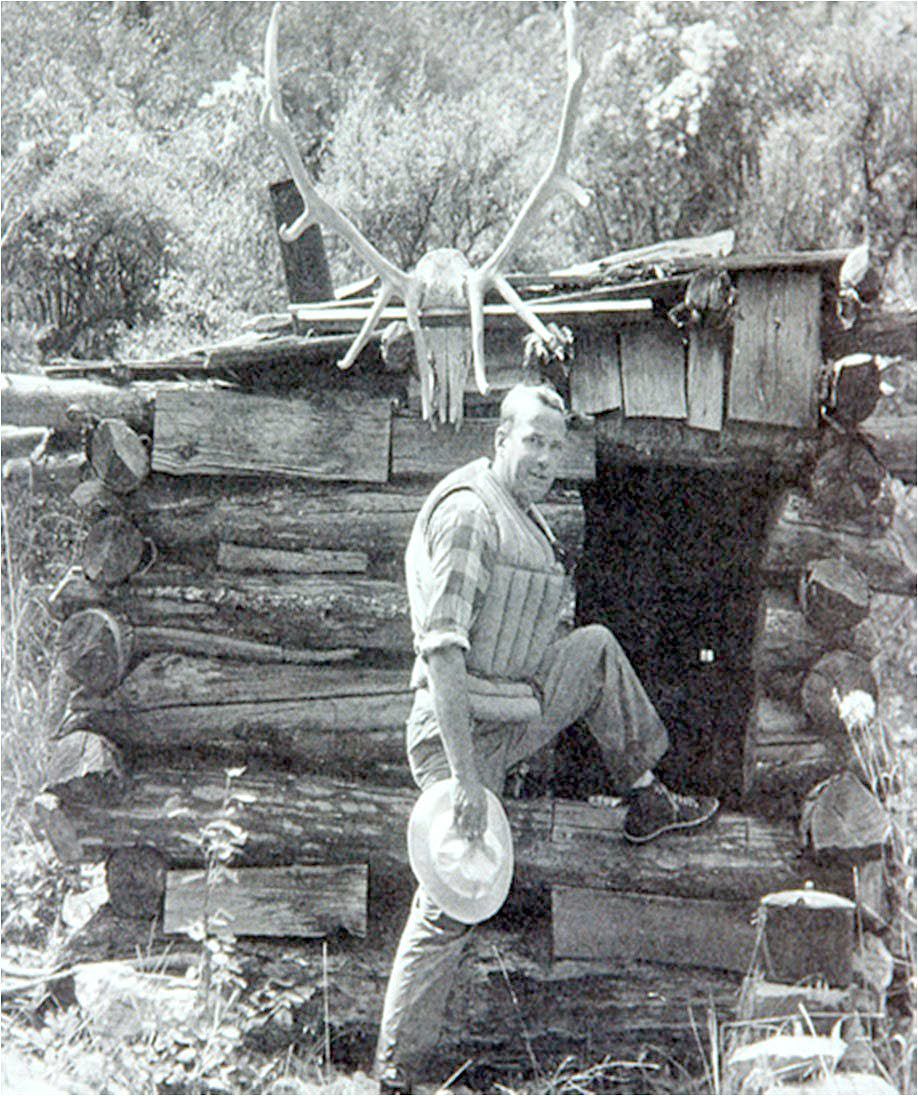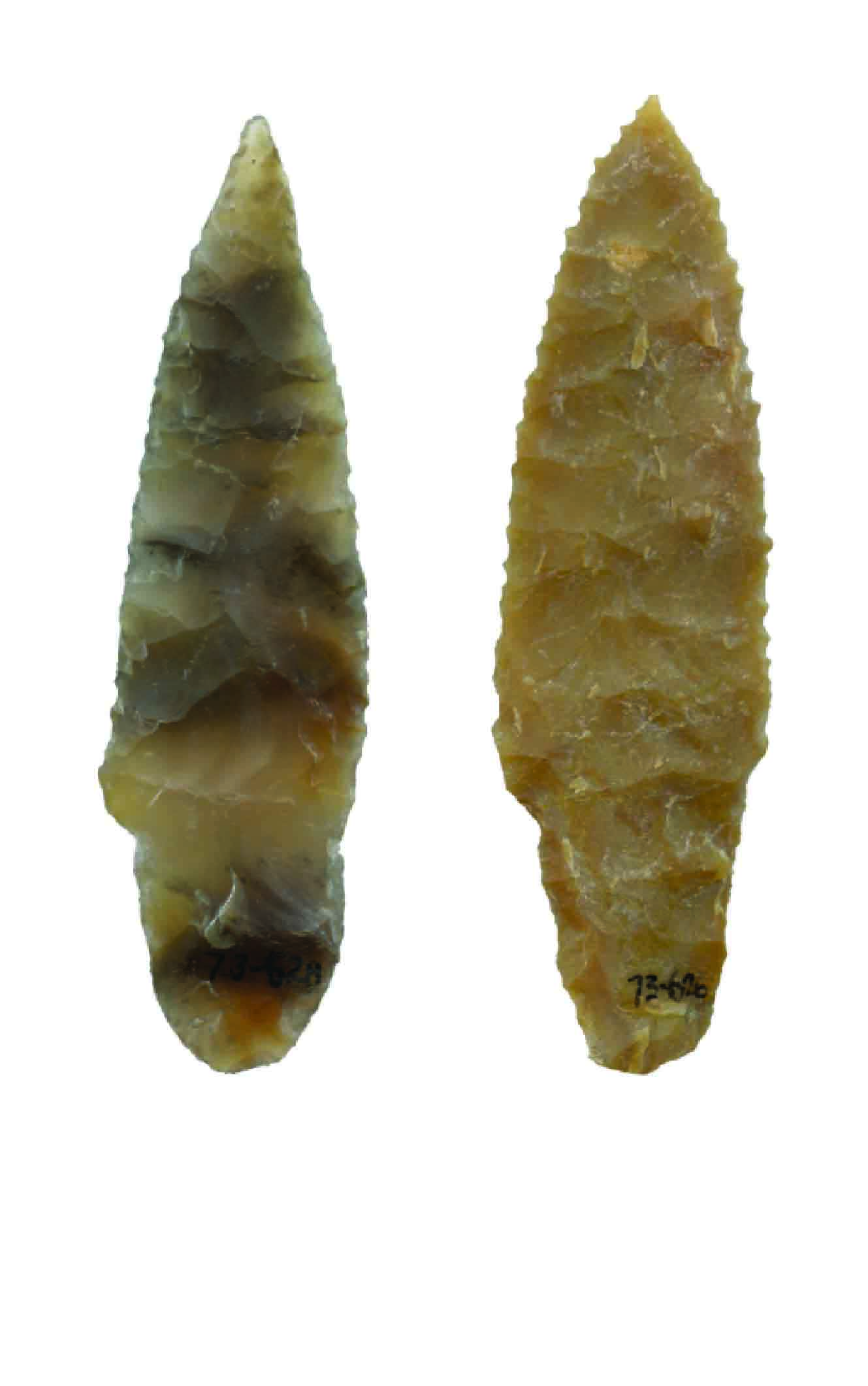
SALMON, IDAHO—The Post Register reports that a 100-year-old cabin built by hermit Earl King Parrott in Idaho’s Salmon-Challis National Forest has been restored. Situated along the Middle Fork of the Salmon River in the Frank Church–River of No Return Wilderness, the remote cabin is the only surviving of two buildings constructed by Parrott, whose main residence on the side of a steep canyon burned down in the late 1980s. Prior to his death in 1944, he lived in the wilderness for 30 years, panning for gold, hunting, and growing his own produce. To restore the log cabin, historic preservationist Joe Gallagher and archaeologist Camille Sayer used only manual tools, such as axes, handsaws, and chisels. First, they disassembled the structure, then laid a new foundation of river rock, and rebuilt the cabin with the aid of archival photographs from just after Parrott died. “We didn’t have a good picture of the roof but we did have pretty good pictures of two of the walls,” Gallagher said. “We used those to guide us.” They also replaced decaying logs and treated the new wood to prevent future rot. To read about a discovery at a historic home in Boise, go to “World Roundup: Idaho.”










